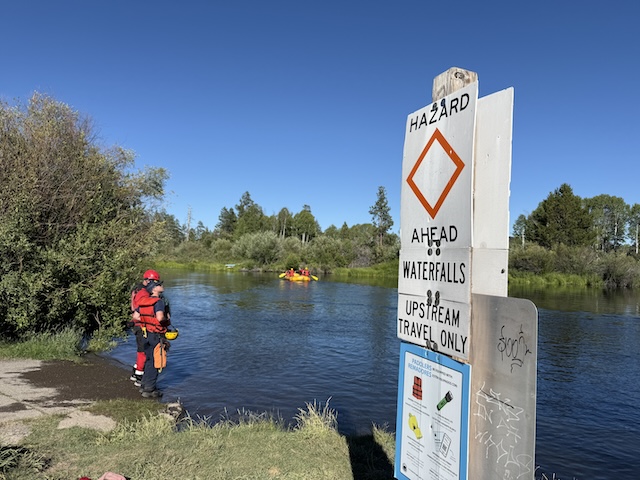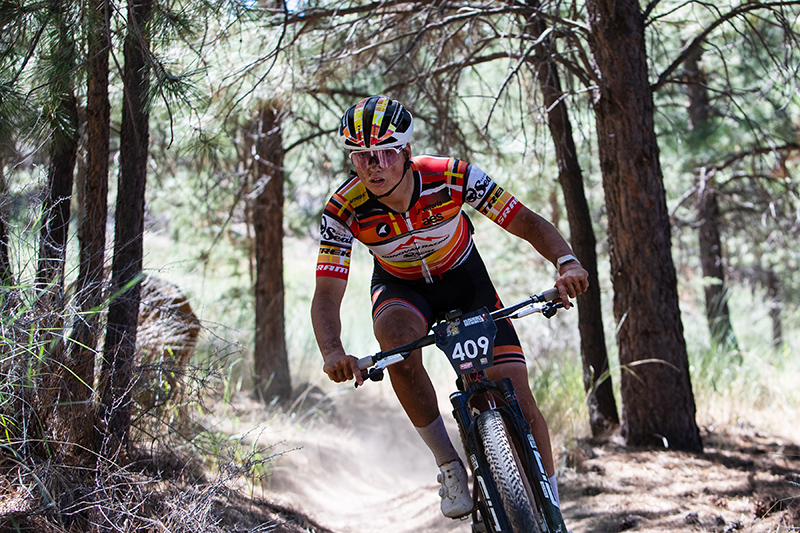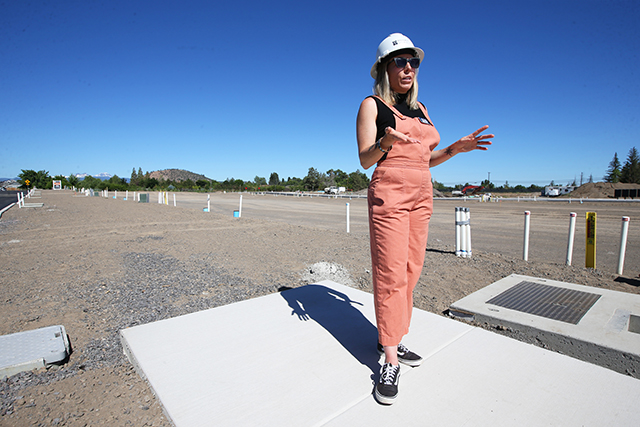Using a metal detector, girls find scary surprise
Published 4:00 am Sunday, February 12, 2012
Alicia Combs had been using her metal detector for only 15 minutes when she unearthed the surprise of her young life — two mortar rounds buried inches beneath the dirt in the backyard of a rental property her family owns in White City.
The North Medford High School senior had taken the metal detector, a Christmas present from her parents, out for a test in a field on the family’s property Jan. 28, slowly swinging the device back and forth across the recently mowed prairie grass, waiting for a hit.
Trending
The metal detector came to life on a rise at the edge of a field, a small mound of packed-down dirt overgrown with grass. With help from Laura, her 13-year-old sister, she dug out two objects buried a mere 3 inches below the surface. At first they mistook the fins on the tails of the mortars to be fan blades, perhaps from an old tractor engine, but quickly realized what they had found.
“I was scared, I can admit that,” said Laura, who told their father, David Combs, who promptly called the Jackson County Sheriff’s Department, which directed him to the Oregon State Police.
The Oregon State Police Bomb Squad removed the mortars Feb. 4 and took them to the shooting range at the Jackson County Sports Park, where they were detonated with shaped charges. Both turned out to be practice rounds, nonexplosive but designed to mimic live rounds.
“We’ve always had the idea that there could be something out there, just because it’s so close to Camp White and other people have found things,” said David Combs. “(But) at least we’re not sitting on a cache of live ammunition.”
David Combs said his mother bought the property in 1976 and used it as a rental. He and his family, who now reside in Medford, had lived there from 1983 to 2005, and often played in field where the mortars were found.
He said they occasionally found old rifle shells and once found an old, rusted, smoke grenade. When he bought Laura a longbow last Christmas, he set up the archery target on the grassy mound, nearly on top of where the mortars were buried.
Trending
Combs explained that the area had once been flat, but was torn up by shelling from artillery practice at Camp White. Contractors later filled in the holes with clay, gravel and other materials to make the area level, but scars from the artillery barrages can still be seen.
“When we first bought (the property), the folks we bought it from said it was a machine-gun range,” he said. “There was an old guy who lived down the road, he moved here in ’52, and said this whole place looked like the moon back then with all the craters.”
“Out here, we get called out on a lot of munitions from Camp White,” said Brett Keller, a bomb technician with the OSP Bomb Squad. “They’re dangerous, and the older they are the more unstable and dangerous they are.
“The thing about Camp White is that sometimes they used live rounds, and sometimes they used training ammunition,” he said, explaining that training rounds are still dangerous, as many have black-powder caps designed to go off on impact, creating a smoke marker that the artillery crew could use to refine their firing trajectory. If the black powder cap didn’t explode on impact, he said, it can seriously injure anybody who picks it up.
“The smart thing to do is if you see (unexploded ordnance), mark it and get away from it and call us,” he said.








